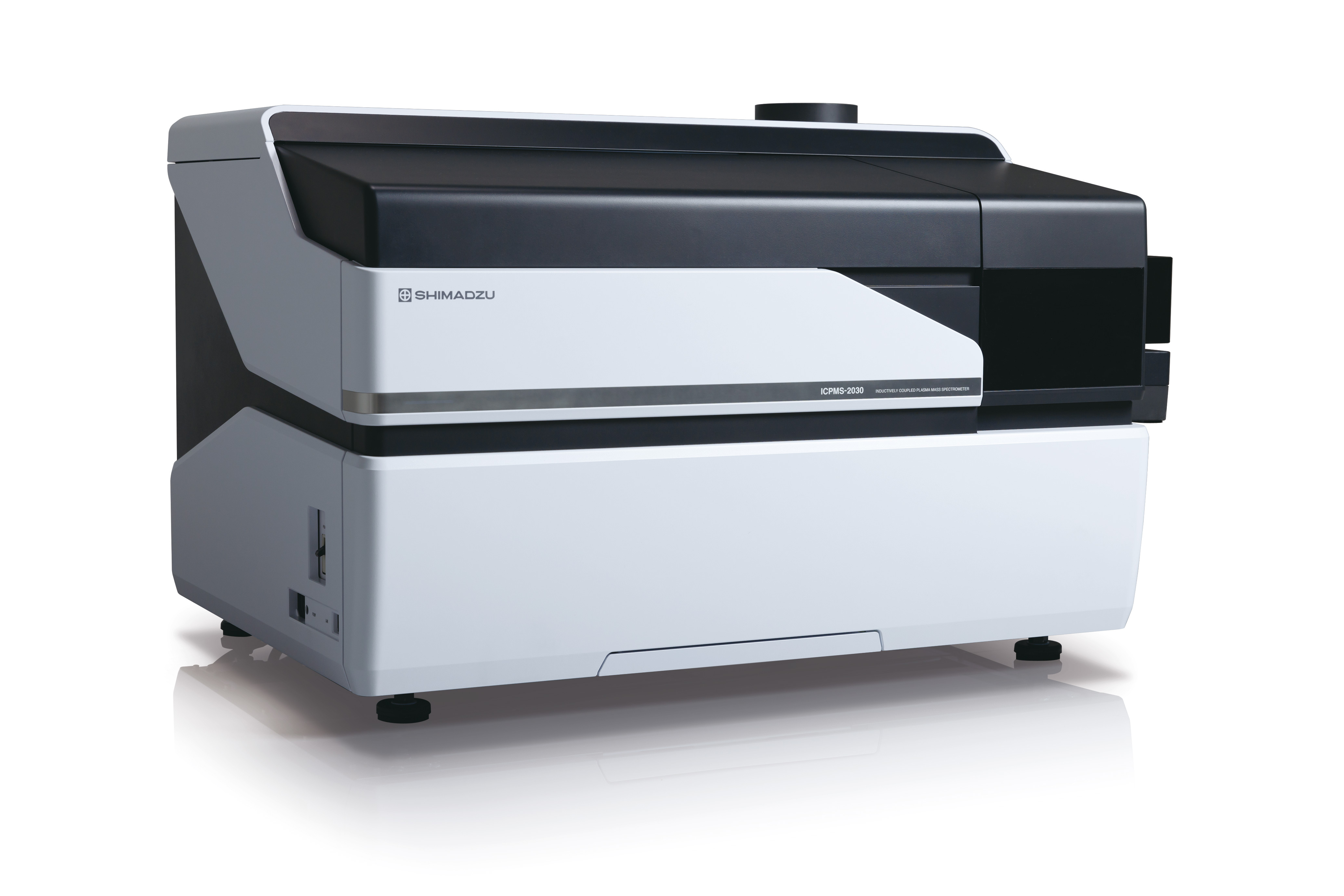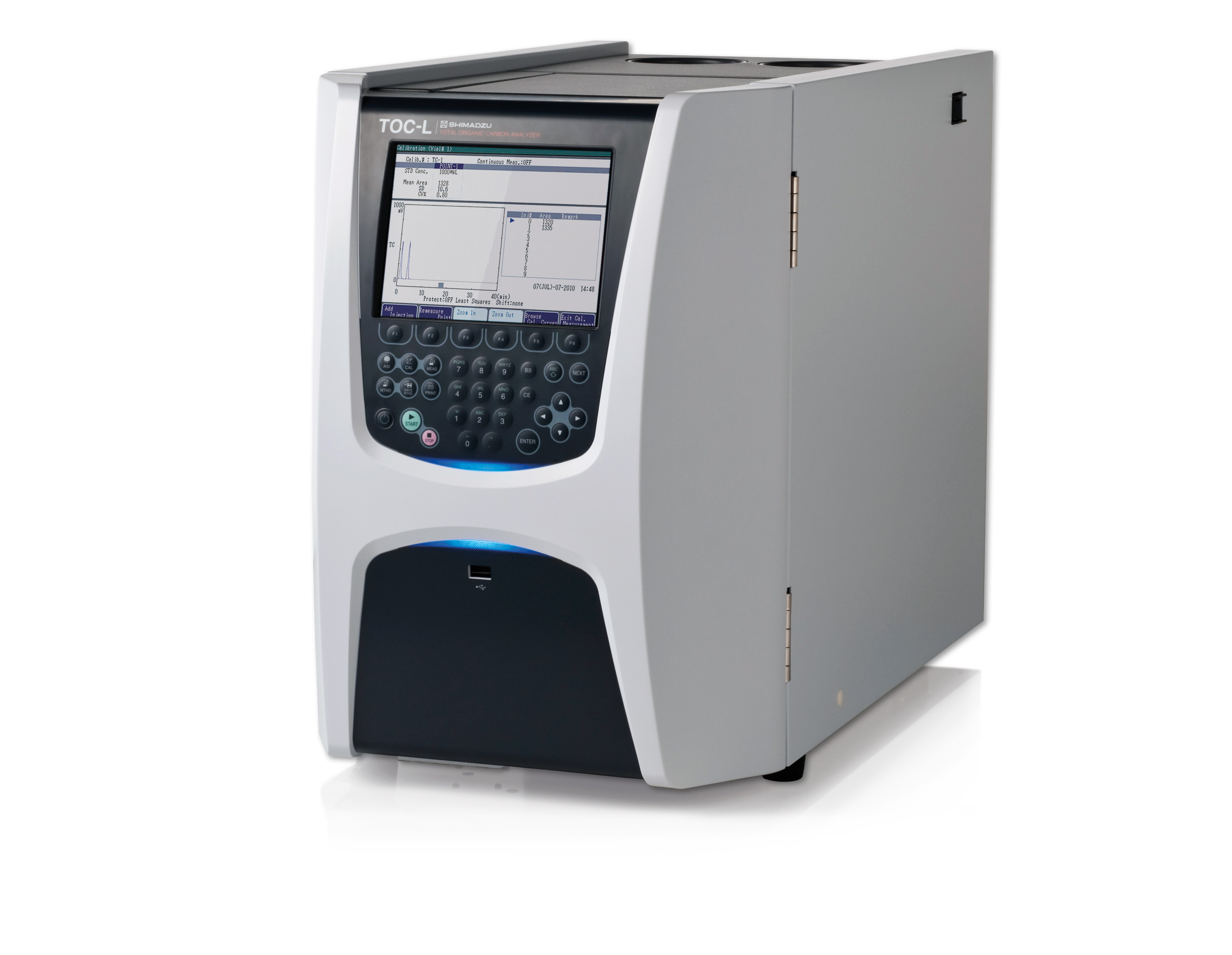360° drinking water analysis: Episode 1
Qualified water – Contaminants and continuous monitoring

Although two thirds of the Earth’s surface are covered by water, only 2,5 % is fresh water with low concentrations of salt. An even smaller portion is suitable for drinking, and only then when purified before consumption. Specific chemical and physical properties make the difference between potable and undrinkable water. Groundwater and surface water from lakes and rivers, so called raw water, is the most readily available resource for drinking water production. But there’s a long way to go before the water reaches the glass.
For example, ground water from great depths has a higher content of minerals and carbon dioxide than water from layers closer to the surface, while having a smaller amount of oxygen. To enrich ground water with oxygen, air is blown through the water while at the same time CO2 escapes from it. Iron and manganese ions are flocculated using pH-sensitive processes. The emerging flakes and other suspended particles affecting color and turbidity are then filtered, often with simple but effective gravel- and sand filter systems with a subsequent active charcoal stage.
Nitrate concentration in the ground water may be elevated through excessive use of fertilizers in agricultural regions. Several methods of denitrification are available, most commonly reverse osmosis or ion exchange processes. Finally, the treated water has to be disinfected to remove waterborne pathogens. Chlorination and treatment with ozone are common means to reduce the microbial risk before drinking water is supplied to the consumer.
Drinking water quality defined
The treatment processes mentioned above are just a few of many examples. And with good reason: The chemical composition of raw water depends on many locational factors such as vegetation, geological properties, surrounding production industries, mining operations and the seasons.
The most suitable treatments are determined by the raw water characteristics, but they need to be applied in a well-balanced way. In chlorination for example, high amounts of chlorine reduce the microbial risk and vice versa, but overdosed water becomes undrinkable. To ensure effective treatment and quality of drinking water, it is essential to monitor each purification step. Together with well-defined quality parameters, this makes water ready for distribution and human consumption.
As one of many quality frameworks world-wide, the European Drinking Water Directive 98/83/EC defines permissible limits for a wide range of parameters such as microbial, chemical and indicators which must be analyzed regularly, for instance aluminium, arsenic, boron, cadmium, chromium, copper, iron, mercury, manganese, nickel, lead, selenium and antimony. For the simultaneous quantitative determination of these elements in raw and drinking water, inductively coupled plasma mass spectrometry (ICP-MS) is the preferred quality control tool. ICP-MS offers a high sensitivity (trace element detection) and wide dynamic range.
Determination of chemical contaminants using ICP-MS
Shimadzu’s ICPMS-2030 is one of the smallest ICPMS platforms available today. Many features of this fast and easy-to-use instrument offer peace-of-mind to both operators of the system and laboratory managers with a strict budget to manage.
The ICPMS-2030 is designed for high stability, excellent sensitivity and low interference levels: The optimized internal structure including the newly-developed octupole collision cell enables analysis with excellent sensitivity and minimum spectral interference. The sample injection unit and interface where ionized atoms pass through are easy to remove and maintain.
Water is the basis for a healthy life. It plays a crucial role in almost all metabolic processes, as well as in geological and ecological elementary processes. The human body consists of over 70 % water, as does the Earth’s surface.
Sophisticated, reliable water purification and supply systems are a prerequisite for human health and the prevention of epidemics worldwide. Every day, a large variety of chemical substances pose a high risk of contaminating our drinking water, potentially causing disease and chronical illness.
This is why rigid controls and continuous monitoring according to strict guidelines, including the European Directive 98/83/EC and WHO Guidelines for Drinking Water Quality, make drinking water the best monitored food in the world.
This and the next issue of Shimadzu NEWS will highlight how drinking water as a basis for life is controlled to guarantee and qualify its quality.
Shimadzu’s proprietary Development Assistant as well as Diagnosis Assistant functions reduce users’ burden and improve reliability of data by setting automatically the most suitable analysis conditions and performing checks for spectral interferences. These functions reduce the amount of work significantly in checking data and improving reliability of measurement results.
Low running costs
The ICPMS-2030 can achieve extremely low running costs due to reduced argon gas flow rate (mini torch) which can be minimized even more by applying the “eco mode” during standby, also cutting RF-power output and stopping all aspiration. In addition, the use of 99.95 % pure argon gas is possible. Analysis can therefore be performed with reasonably priced technical argon gas for industrial purposes instead of the expensive 99.999 % high purity argon gas generally used.
To demonstrate the capability for high sample throughput, the long-term stability of the instrument over a typical session was assessed by analyzing a series of known samples repeatedly to ensure minimal deviation of signal intensities over time. The ICPMS-2030 demonstrates stable signals over a 10-hour analytical period, indicating that the instrument will provide robust results in high-throughput laboratories.
 Figure 1: ICPMS-2030
Figure 1: ICPMS-2030
Monitoring provides confidence
During water treatment, other problems can be present although not actively searched for. To highlight such problems, the so-called indicator parameters are used. One of these parameters is TOC (Total Organic Carbon), for which no limit value or criterion has been defined, but which can be considered as a cautionary warning for action under unusual circumstances.
Another indicator is the oxidizability parameter, as a measure of the sum of all chemically oxidizable organically bound compounds present in water. While not a direct cause for concern, it can lead to re-germination or undesirable disinfection by-products. Oxidizability is proportional to the sum of organically bound carbon that are determined as DOC (Dissolved Organic Carbon) and can therefore be replaced by TOC measurement.
When examining carbon compounds in drinking water, it is apparent that the amount of inorganic carbon (IC) such as carbonates and hydrogen carbonates is much higher than the organic fraction which is only 1 % of total carbon (TC).
A TOC determination via the differential method (TOC = TC – IC) will not be appropriate in this case, as the TOC value calculated is prone to large statistical errors. According to EN 1484 (instruction for the determination of total organic carbon and dissolved organic carbon), the differential method can only be applied when the TIC (Total Inorganic Carbon value) is lower than the TOC value.
 Figure 2: TOC-L analyzer
Figure 2: TOC-L analyzer
Identification of organic carbon in water
For drinking water analysis, the NPOC (Non-Purgeable Organic Carbon) method is used. The drinking water sample is first acidified to a pH value of 2. This way, the carbonates and hydrogen carbonates are transformed into carbon dioxide. The CO2 is then removed via sparging with carrier gas. The amount of volatile and therefore purgeable organic carbon can be disregarded in drinking water. What remains is a solution of non-volatile organic carbon compounds. These can be oxidized to CO2 and detected via NDIR.
Sample preparation for the NPOC method (acidification and sparging) is done automatically in the TOC-L analyzer, a series of instruments used in laboratory applications. Removing the TIC can be performed either in the syringe of the ISP module or in the autosampler with the external spare kit.
The ISP (Integrated Sample Preparation) module consists of an 8-port valve and a syringe with sparging gas connection. In addition to acidification and sparging in the syringe, the ISP also enables automatic dilution. This feature facilitates an extended measuring range, dilution of highly contaminated samples and the preparation of a series of calibration samples from a stock solution. The robust ISP module therefore considerably reduces time-consuming sample handling steps.
Conclusion
Shimadzu’s ICPMS-2030 and TOC-L analyzers meet all analytical requirements for effective drinking water control with top performance and easy-to-use concepts, while providing an economical solution for the modern laboratory.
Furthermore, Shimadzu provides solutions for other parameters such as pesticides (GC-MS/MS, LC-MS/MS), PAHs (HPLC), trace pharmaceuticals (LC-MS/ MS), various chemical parameters by UV-spectrophotometers and much more.
One of those methods will be discussed in Episode 2 of the drinking water trilogy in Shimadzu NEWS 2/2020.